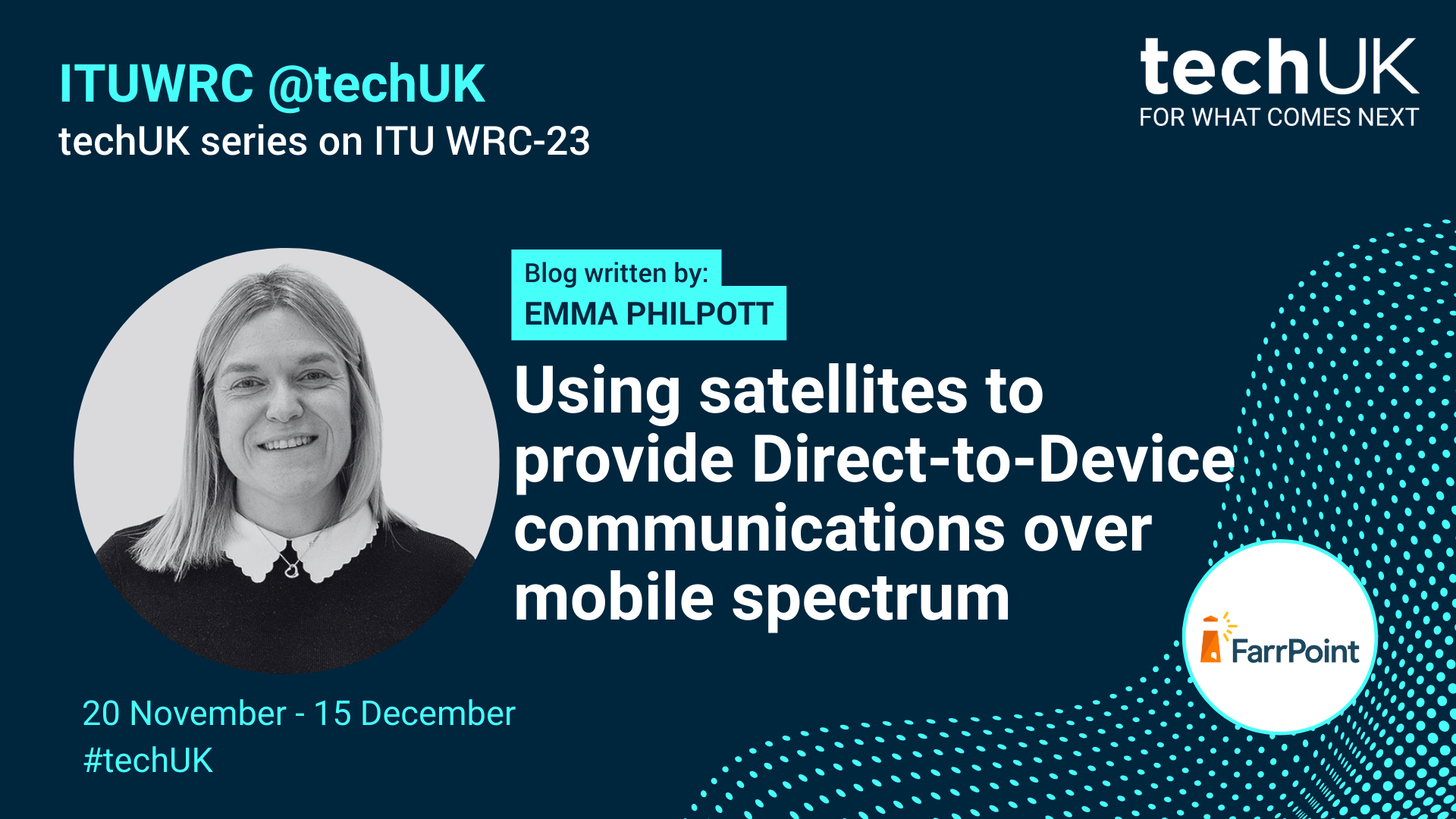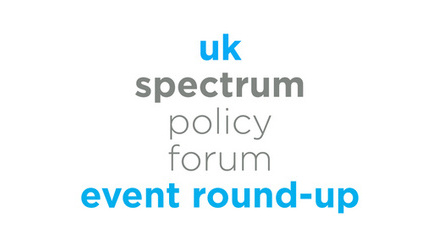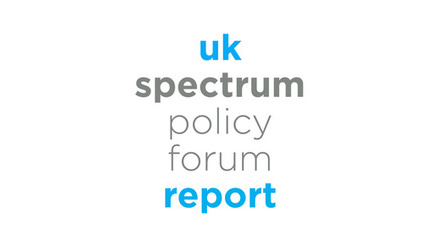WRC Series: Using satellites to provide Direct-to-Device communications over mobile spectrum

As the ITU World Radio Communications conference 2023 (WRC-23) starts this week in Dubai, decisions will be made there around enabling further spectrum availability to support increased connectivity to the underserved.
While satellite and earth station connectivity does dominate this year’s agenda, addressing issues such as improving existing satellite spectrum allocations and making more spectrum available for Mobile Satellite Service (MSS) for narrow-band mobile satellites systems, there is one notable absence from the discussion. This is the regulatory challenges of using satellites to provide Direct-to-Device (D2D) communications using IMT (International Mobile Telecommunications) spectrum which has been allocated to mobile operators.
Using satellites to provide D2D services to areas of the globe that currently have no mobile coverage has the potential to grow into a significant market opportunity for the telecommunications industry, as well as Governments who are looking at how best to address the digital divide and establish future intervention programmes. Indeed, many satellite companies are attempting to address this segment, either providing D2D services by leveraging the established ITU spectrum bands allocated for MSS, or by adopting an alternative deployment approach and utilising IMT spectrum allocated to terrestrial mobile operators.
Currently the remote satellite market has been dominated by Iridium, Globalstar and Inmarsat. However, over recent years there has been a market shift with several partnership announcements between Low Earth Orbit (LEO) satellite companies and mobile operators looking to further expand. Value is anticipated in both addressing those populations who still do not have any mobile coverage (estimated to be around 400 million people worldwide), as well as providing services to those end users who want to maintain off-the-grid connectivity while roaming outside of terrestrial mobile coverage.
Indeed, Apple’s partnership with Globalstar announced in 2022 was one of the first D2D opportunities with Apple using Globalstar’s LEO satellite constellation to provide emergency messaging services on the iPhone 14 and 15 handsets. Others have followed with Omnispace in the testing phase using Ligado Networks two LEO satellites and Qualcomm also recently announcing its partnership with Iridium and their intention to provide satellite messaging to Android handsets. However, the deployment model adopted by these three companies is to provide messaging services using the licensed MSS spectrum which has limited bandwidth, meaning any viable long-term business plan to expand services to include voice and data will require additional spectrum.
A number of other companies are now proposing an alternative approach to providing D2D services utilising the IMT spectrum already allocated to mobile operators. This creates a regulatory dilemma as this is ‘non-conforming use of spectrum’ which will require changes to the worldwide rules and regulations to the spectrum already allocated to mobile operators, as well as a change of the ITU table of frequency allocations as spectrum holdings of mobile operators vary by country.
Lynk Global, AST Spacemobile and most recently SpaceX have all entered the D2D arena and are looking to develop this market by utilising mobile operators existing spectrum licenses. While this is a very interesting proposition, if D2D services utilising the IMT bands are to be successful then there are many unanswered regulatory questions. For example, how will overlapping satellite and terrestrial coverage avoid interference and how do regulators such as Ofcom introduce post-award conditions to mobile operators’ licenses.
While these regulatory challenges are not impossible to overcome, the notable absence of any agenda items at this years WRC-23 means the soonest this will be discussed will be WRC-27, provided a future agenda item about this is agreed to be included at WRC-23. Regulatory certainty in the use of IMT bands by satellite and mobile operators will be essential to create a viable business case, economies of scales, roaming and interoperability. While the industry has many challenges including the significant investment required to launch and operate satellites into orbit, until a consensus is reached regarding MSS operation in IMT bands then one the most significant barriers to using D2D to address mobile ‘not-spots’ may well be the coordination and co-operation of regulators globally. This is one that can only be addressed in a World Radiocommunication Conference.
The outcomes from WRC-23 and prospectus for WRC-27 will be a key topic for the flagship UK SPF Future Spectrum Summit. Be part of the conversation and register here.
To find out more about our WRC 2023 Series, click here. If you would like to contribute, please reach out to [email protected].





